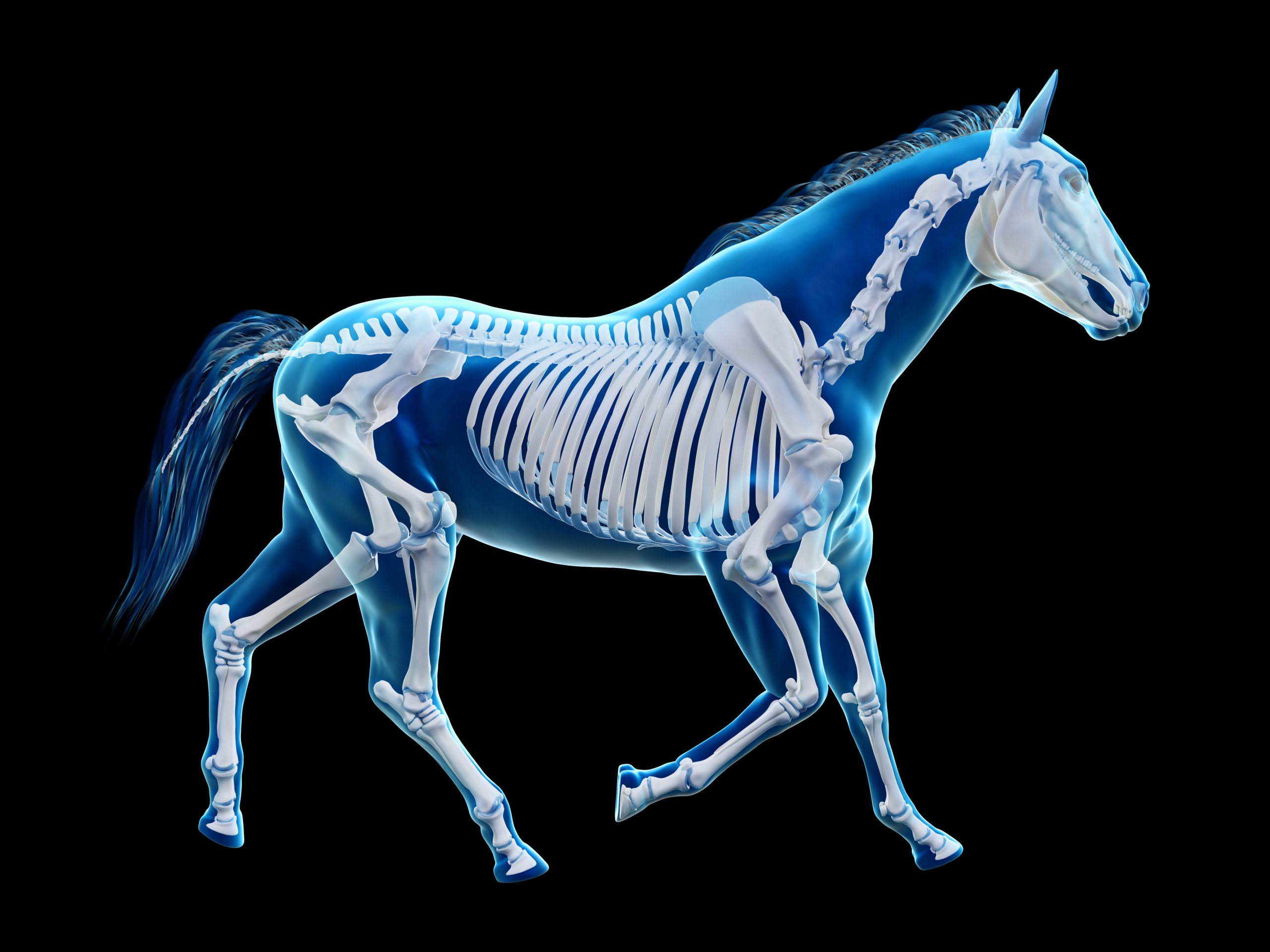
Unintelligent Designs on Academic Freedom
It’s been an unusual week in the academy. The academic freedom that so incensed Bill Buckley as a student at Yale decades ago is now acting to protect a conservative scholar under fire. Baylor’s J.M. Dawson Institute for Church-State Studies hired Francis Beckwith as its Associate Director last summer. Although previously known as a philosopher who had developed powerful critiques Read More ›



